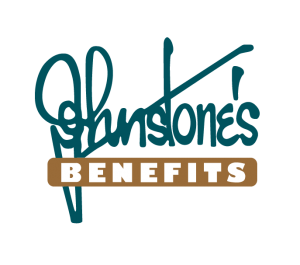The Journal
Solid Group Plans Made Simple
Supplementary Unemployment Benefit Plans
Recently we’ve had some interest from clients in Supplementary Unemployment Benefit (SUB) plans – how do they work? who can be eligible? why would an organization want to implement a SUB plan?
The Supplemental Unemployment Benefit (SUB) program is a plan that allows an employer to top-up an employee’s EI benefits during periods of unemployment due to various factors including a layoff due to temporary stoppage of work, training, or to help cover employees’ wages during illness, injury or quarantine.
SUB plans are not new. However, they must be registered with and approved by Service Canada. Payments from SUB Plans are not considered as earnings and are not deducted from an employee’s Employment Insurance (EI) benefits.
Who is eligible for SUB Plans
Employers whose employees would qualify for unemployment insurance benefits and are subject to a temporary stoppage of work are eligible for a SUB plan.
Employees must apply for and be in receipt of EI benefits in order to receive payments under a SUB Plan.
An employer may also provide SUB payments up to a maximum of 95% of normal weekly earnings when the employee is not in receipt of EI benefits, and:
- Is serving the one week EI waiting period, or
- has insufficient hours of insurable employment to qualify for EI benefits, or
- has exhausted the EI benefit entitlement period
The employer decides which, if any, of the above situations are covered by the SUB Plan, and can introduce a SUB plan to offset the EI one-week waiting period only.
SUB Plan Deductions
SUB Plan payments will include deductions for:
- Canada Pension Plan / Quebec Pension Plan
- Income tax
- Employee portion of group insurance premiums
- Union dues, where appropriate
EI premiums are not deducted from SUB Plan payments.
Creating a SUB Plan
SUB Plans must be approved and registered at Service Canada prior to their effective date. SUB program officers assess plans against requirements outlined in EI Regulations, and will also help employers develop their SUB Plan to meet EI requirements.
An acceptable SUB Plan is one that:
- identifies the group(s) of employees covered
- covers a period of unemployment caused by one or a combination of temporary stoppage of work, training, illness, injury or quarantine
- requires employees to apply for and be in receipt of EI benefits in order to receive payments under the plan
- requires that the combined weekly payments from the plan and the portion of the EI weekly benefit does not exceed 95% of the employee’s normal weekly earnings
- requires it be entirely financed by the employer
- must indicate that the employer will keep a record of all SUB payments
- must indicate the method used to finance the SUB payments which can include making the payments from general revenues of the company, making deposits into a trust fund established to provide the SUB payments, or paying the total of the insurance premiums that are required to finance the SUB payments
- requires that on termination, all remaining assets of the plan will be reverted to the employer or be used for payments under the plan or for its administrative costs
- requires that written notice of any change to the plan be given to Service Canada within 30 days after the effective date of the change
- provides that the employees have no vested right to payments under the plan except during a period of unemployment specified in the plan
- provides that payments in respect of guaranteed annual remuneration, deferred remuneration or severance pay will not be reduced or increased by payments received under the SUB plan
If you are interested in creating a SUB Plan, and need some assistance, please contact us!
Temporary Layoffs?
If your organization is considering or has applied temporary layoffs for some or all of your employees, it’s very important to advise us. We don’t want to see any of our clients, or their employees exposed to lapse of benefits coverage – especially for life, accident and disability insurance.
Group insurers have specific policy provisions that they apply for employees on temporary layoff, specifically for duration of coverage.
